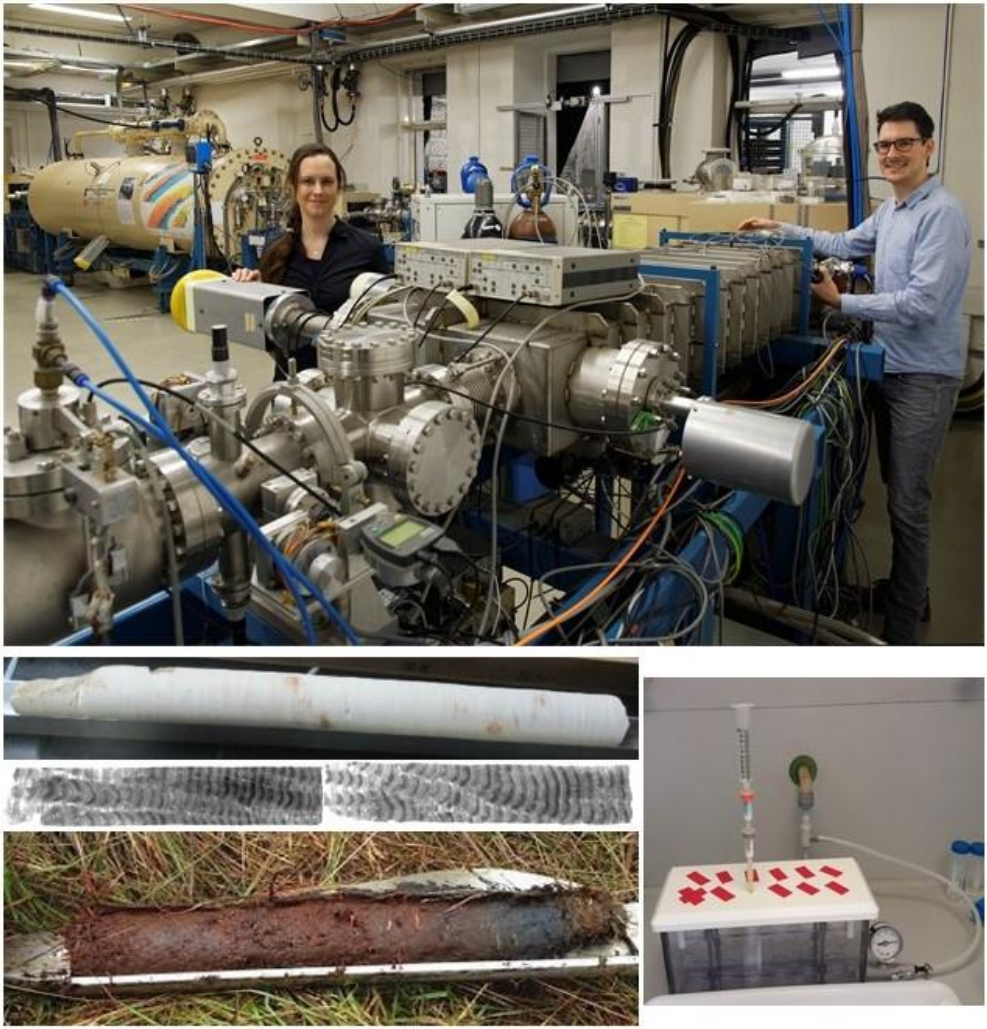
Tuesday, 30th of April, 16.00
(16.00 Coffee & Cake in the foyer, 16.30 talk & discussion)
Lecture Hall III
Since the beginnings of the „nuclear age“, man-made radionuclides have been released into the environment either by atmospheric nuclear weapons tests, nuclear accidents or from the nuclear fuel cycle. Long-lived radionuclides like uranium (U), plutonium (Pu) or technetium (Tc), are mostly not an immediate hazard due to their low specific activity, but they will be part of our environment over thousands of years and require long-term monitoring. A comprehensive understanding of their environmental migration behaviour is essential to protect the population from future exposure and also for the application of these radionuclides as tracers to study environmental transport processes, e.g. ocean currents. For this purpose, contributions from sources other than the globally distributed nuclear weapons fallout need to be quantified to determine the distribution pathways to the sampling station. Isotopic ratios of radionuclide releases into the environment have proven to be useful signatures for contamination source identification.